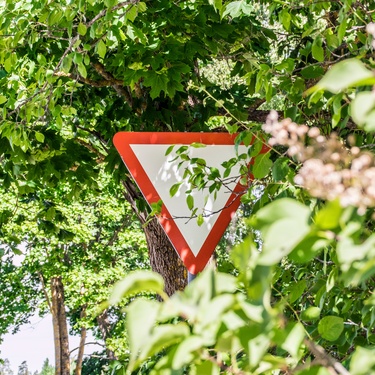Live
France24 English News Live StreamGlobal News
Global News Video PlaylistPBS
PBS News Video PlaylistNewsroom Features
Inside the New 2026 RobinsPost Wall Calendar: Year of Connection, Celebration, and Global Moments

See Special Report: Inside the New 2026 RobinsPost Wall Calendar: Year of Connection, Celebration, and Global Moments
Published Saturday December 20, 2025
The Honolulu Marathon: A Global Celebration of Running and Culture

See Special Report: The Honolulu Marathon: A Global Celebration of Running and Culture
Published Saturday December 13, 2025
Winter Storm Safety: Protecting People, Pets, and Communities

See Special Report: Winter Storm Safety: Protecting People, Pets, and Communities
Published Saturday December 13, 2025
Inclusive Holiday Gift Guide: Celebrate Christmas, Hanukkah, and Kwanzaa with gifts for People and Pets that warm hearts and paws

See Special Report: Inclusive Holiday Gift Guide: Celebrate Christmas, Hanukkah, and Kwanzaa with gifts for People and Pets that warm hearts and paws
Published Saturday December 06, 2025
Pearl Harbor Day: Honoring the Past, Inspiring the Future

See Special Report: Pearl Harbor Day: Honoring the Past, Inspiring the Future
Published Friday December 05, 2025
The Psychology of Pricing Salon Services Effectively

See Contributor Story: The Psychology of Pricing Salon Services Effectively
Published Saturday December 20, 2025
How Vegetation Management Improves Public Safety

See Contributor Story: How Vegetation Management Improves Public Safety
Published Friday December 19, 2025
How Local Governments Can Improve Community Safety

See Contributor Story: How Local Governments Can Improve Community Safety
Published Thursday December 18, 2025
How To Choose the Right 3D Scanning Equipment

See Contributor Story: How To Choose the Right 3D Scanning Equipment
Published Wednesday December 17, 2025
How To Future-Proof Your Warehouse Storage
See Contributor Story: How To Future-Proof Your Warehouse Storage
Published Tuesday December 16, 2025













